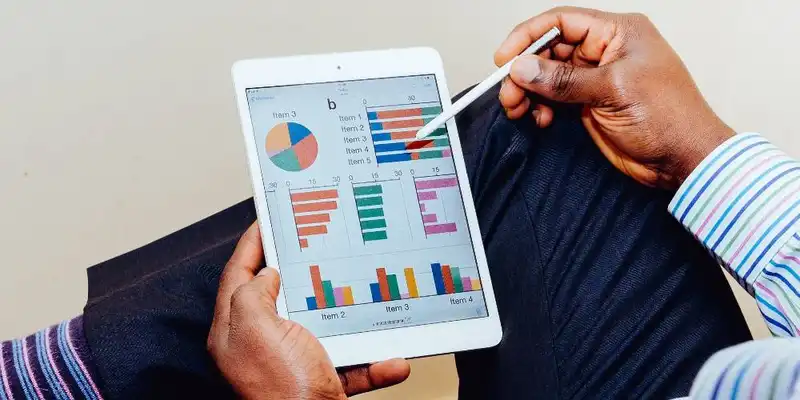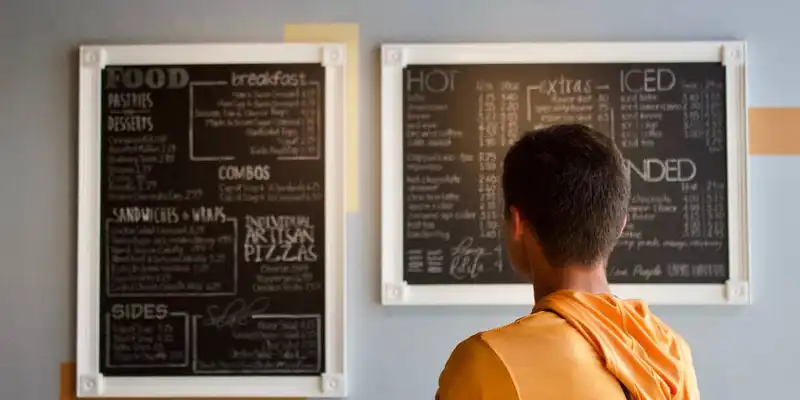How to Increase Profits with Restaurant Analytics
Like any business, restaurants typically try to find ways to improve customer satisfaction, grow the bottom line, and increase operational efficiency. Modern technologies have produced a data driven world that restaurants can utilize to understand important information about their patrons, overall business operations, and labor costs. Restaurant analytics software is one technology that owners utilize to optimize their overall business operations and measure key performance metrics.
What are Data Restaurant Analytics?

Analytics is the process of utilizing every single piece of business data in order to generate insights that help improve the overall operations of a business. Some examples of restaurant business data include customer details, transactions, social media performance metrics, inventory, and promotional campaign performance statistics.
When it comes to restaurant analytics, external and internal factors that affect performance are closely looked at. For example, analytics tools could be used to discover why certain employees perform better than others, or why a certain food sells out on the weekends. Data analytics describes the why behind statistical, numerical information.
The restaurant industry also use restaurant analytics to assess their quality of customer service and provide customized menu items to specific demographics. Analytics software systems automate the collection and organization of data to help improve a restaurant's performance and generate more revenue.
Big Data and Restaurants
Many restaurants have software reporting tools that collect data and generate evaluations so owners understand how their business is performing and what changes need to be made. The large volume of data that is collected by these software tools is referred to as Big Data. The more orders that are placed, the more data is accumulated by the software, which is why larger chain restaurants with multiple locations accumulate a grand amount of data on a regular basis. For example, McDonalds conducts roughly 25 million transactions per day because they have thousands of franchises all around the world. Restaurant analytics can track and store big data so CEOs can understand their customers, transactions, and performance metrics across different franchises.
Smaller restaurants generate less transactions than larger chains, but the data they collect is still important. Because orders are placed on new technologies and interfaces-such as mobile apps and online ordering, both small and large restaurants are accumulating more data than in year's past. Both small and big restaurants should try to analyze whatever data they compile in order to improve their business operations and potentially accrue more revenue.
How Data Analysis Improves Revenue

Data analysis tools can be a useful tool to help owners evaluate problems in real-time, save money, and assess the effectiveness of marketing campaigns. For example, if an analytics report shows more items are sold after running an online promotional campaign, it can be concluded that the campaign was successful. Or, if a report shows that sales drop during certain hours of the day, the decision can be made to schedule less servers during that particular shift.
Data analytics also informs how to allocate and manage money properly by giving direct information on day-to-day business operations. Owners can then make more informed decisions on how to generate more revenue and cut out excess expenses.
How Restaurant Analytics Impact Labor Cost
Labor costs are typically the most expensive part of owning a restaurant. Though restaurants try to keep their costs between 20-30% of their gross revenue, upscale restaurants might spend more because they need more employees to create a better customer experience. Good analytics systems can identify which shifts tend to be busier or slower than others, indicating to management how many employees to schedule during specific shift windows. The same concept can also be applied during busier times of the year, like the holiday seasons by utilizing the previous year's recordings to schedule accordingly.
How Analytics Affects Menu Decisions

Knowing what menu items and specials customers enjoy the most is an important part of delivering good customer service. Restaurant owners can use analytics tools to track which items sell most and what specials are popular. If a specific menu item rarely sells, the owner can pull the item or lower the price.
Owners can also utilize customer feedback surveys to discover what was most memorable about the visit, whether it be the food or the experience. Managers can then log that information into their data analytics system to analyze overall reception and use that as opportunities for improvement. For example, if 30 surveys asked for a discontinued menu item to come back, the owner will know that bringing back the item will probably increase their sales.
How Analytics Impact the Guest Experience
Analytics systems can help track order preferences, reservation habits, and trends of demographics. This allows owners to provide a customized guest experience for the patrons at various franchises. For example, if one franchise has more reservations at a certain time slot, the manager could employ more staff to accommodate the increased number of customers. Good customer service can increase customer retention rates and grow the restaurant's bottom line by 25-95%. Managers can utilize analytics system to make a positive impact on guests' overall dining experience while also increasing overall revenue.
Restaurant Analytics and Loyalty Programs
Customer loyalty programs are marketing strategies that restaurants use to encourage people to come back and spend more money. These programs also provide a large amount of valuable customer data.
81% of people assert that customer loyalty programs make them want to continue doing business with a particular brand. Moreover, 73% of people are more likely to recommend brands that have loyalty programs to their friends.
Understanding the habits of customers allows restaurants to personalize and optimize their loyalty programs.
The Role of Predictive Analysis for Restaurants
Utilizing historical data to predict future trends is a helpful way for restaurants to increase revenue. Predictive analysis can also be used to-
Keep Stock Organized & Control Food Waste
Predictive analysis software solutions can connect directly to the restaurant's ordering system in order to predict which food items are most popular at certain times of the day. This allows managers to ensure certain menu items are well-stocked. Food waste is also better managed, thus cutting down on costs by not over-ordering supplies and ingredients.
Predict Trends
Predictive tools can also compare historical and present-day revenue data in order to estimate how the restaurant will be performing in the future. Knowing this information allows restaurant owners to preemptively create sales and marketing strategies that will help meet and exceed its goals.






